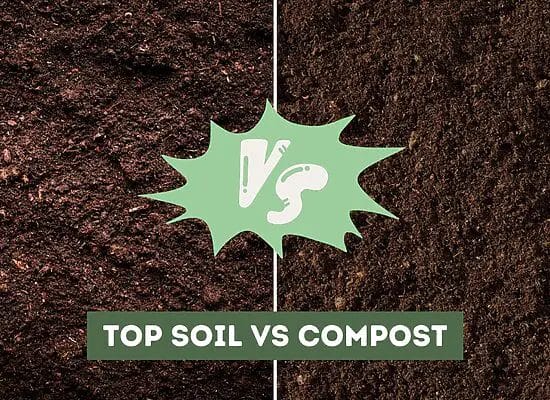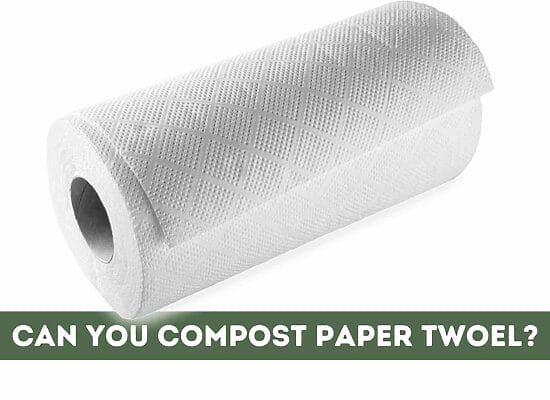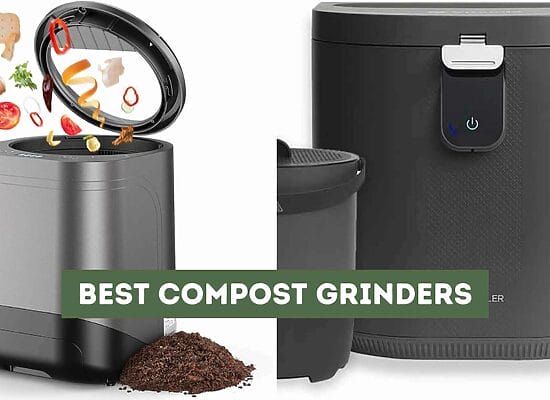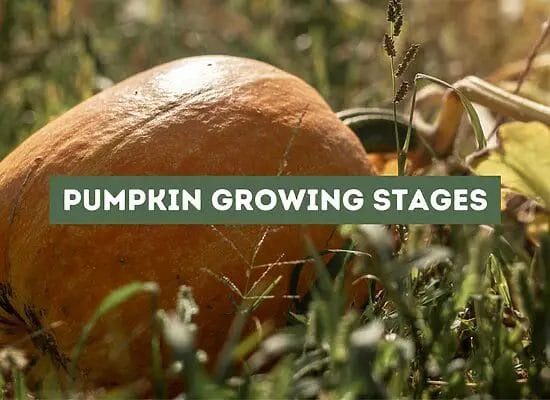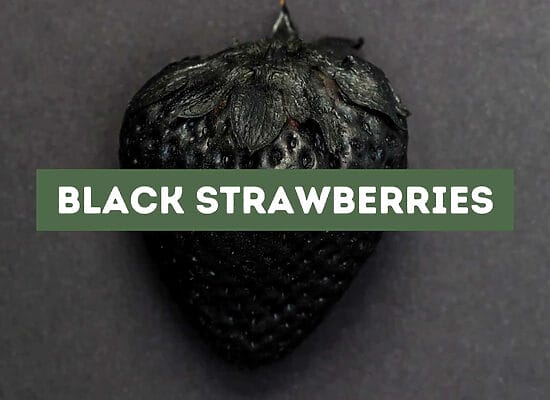
If you’re looking for a plant that adds elegance and beauty to your garden, Japanese bamboo plants are an excellent choice. With its tall, slender stalks and lush foliage, it’s easy to see why this plant has become a popular choice for gardeners all over the world.
But with so many varieties of Japanese bamboo available, it can be challenging to know which one to choose. Below we’ve compiled a list of nine traditional Japanese bamboo plants that are sure to make a statement in your garden.
Japanese bamboo is known for its versatility and strength, making it an excellent choice for everything from garden borders to privacy screens. But not all bamboo is created equal, and each variety has its unique characteristics. For example, golden bamboo is prized for its vibrant yellow color, while black bamboo is known for its striking black stems and bright green leaves.
By understanding the differences between each type of Japanese bamboo, you can choose the perfect plant to suit your needs and preferences.
Key takeaways:
- Japanese bamboo plants are elegant and beautiful garden additions.
- Various varieties of Japanese bamboo have unique characteristics.
- Japanese bamboo can be used for garden borders and privacy screens.
- Identification is based on tall, slender stems and lush foliage.
- Propagation can be done through division or growing from seed.
- Japanese bamboo plants require well-draining soil, regular watering, and partial to full sun exposure.
- Maintenance includes pruning, using organic fertilizers, addressing diseases/pests, and repotting when needed.
Overview of Japanese Bamboo Plants
If you’re looking to add a touch of Japanese elegance to your garden, Japanese bamboo plants are a great choice. They are known for their tall, slender stems and lush foliage, making them a popular ornamental plant. In this section, we’ll cover the basics of identifying, propagating, and selecting the right bamboo variety for your garden.
Identification
Japanese bamboo plants are easy to identify due to their tall, slender stems and lush foliage. They typically grow to be between 10 and 25 feet (3 to 7.6 meters) tall in the right conditions. The stem of the bamboo plant is typically green but can also be yellow or black, depending on the species. The leaves are long and slender and can be up to 12 inches (30 cm) in length.
Propagation
Japanese bamboo plants can be propagated through division or by growing from seed. To propagate by division, dig up an established plant and separate the root ball into smaller sections. Each section should have at least one node, which is where the leaves emerge from the stem. Plant the sections in well-draining soil and water regularly.
Bamboo Varieties
There are many different varieties of Japanese bamboo plants, each with their own unique characteristics. Some popular varieties include:
- Moso bamboo: This is the largest bamboo species and can grow up to 75 feet (23 meters) tall in the right conditions. It has thick, sturdy stems and large leaves.
- Black bamboo: As the name suggests, this bamboo has black stems that turn green as they age. It is a popular ornamental plant due to its striking color.
- Arrow bamboo: This bamboo has long, narrow leaves that resemble arrows. It is a popular choice for screens and hedges due to its dense growth.
Fun Fact: Bamboo is one of the fastest-growing plants in the world, and some species can grow up to 91 cm (36 inches) in a single day!
Growing Japanese Bamboo Plants
If you’re looking for a plant that can add an exotic touch to your garden or indoor space, Japanese bamboo plants might be just what you need. Growing Japanese bamboo plants is relatively easy, but there are a few things you should keep in mind to ensure that your plants thrive. In this section, we’ll cover soil and watering, sun and shade requirements, and maintenance tips for Japanese bamboo plants.
Soil and Watering
Japanese bamboo plants prefer well-draining soil that is rich in organic matter. A good soil mix for Japanese bamboo plants should be slightly acidic, with a pH between 5.5 and 6.5. When planting Japanese bamboo plants in a pot, make sure there is enough drainage to prevent waterlogging, which can lead to root rot.
Watering Japanese bamboo plants is relatively easy. Water them regularly, but make sure the soil doesn’t get too wet. Bamboo plants appreciate moist soil, but they don’t like to sit in water. In general, you should water your Japanese bamboo plants once a week, but you may need to adjust the frequency depending on the weather and the condition of the soil.
Sun and Shade Requirements
Japanese bamboo plants prefer partial to full sun exposure. They can tolerate some shade, but too much shade can lead to weak growth and poor foliage. If you’re growing Japanese bamboo plants indoors, make sure they are placed in a bright spot that receives indirect light. Avoid placing them in direct sunlight, as this can burn the leaves.
Maintenance
Japanese bamboo plants are relatively low-maintenance, but they do require some care to ensure that they stay healthy and attractive. Here are a few maintenance tips for Japanese bamboo plants:
- Prune your Japanese bamboo plants regularly to thin out the canes and encourage new growth. Use sharp, clean pruning shears to avoid damaging the stems.
- Avoid using chemical fertilizers on your Japanese bamboo plants. Instead, use organic fertilizers to provide the nutrients they need to grow strong and healthy.
- If you notice any symptoms of disease or pests on your Japanese bamboo plants, take action immediately to prevent the problem from spreading. Spray the affected plants with an organic insecticide or fungicide, depending on the situation.
- If you’re growing Japanese bamboo plants in a pot, make sure to repot them every two to three years to give them enough room to grow. When repotting, use a fresh soil mix and make sure to keep the soil level at the same height as the previous pot.
- If you’re growing Japanese bamboo plants outdoors, make sure to keep them in check to prevent them from becoming invasive. Some bamboo varieties can reach up to 70 feet tall in the right conditions, so it’s important to choose a suitable location for your plants.
Pro Tip: To encourage your Japanese bamboo plants to grow taller, remove the lower leaves from the stem. This will help to expose the nodes and encourage new growth.
Benefits of Japanese Bamboo Plants

Japanese bamboo plants are a great addition to any garden or home. They offer a lot of benefits, from being a beautiful ornamental plant to providing privacy screens. Here are some of the benefits of Japanese bamboo plants:
- Easy to grow: Japanese bamboo plants are easy to grow and maintain. They are hardy plants that can tolerate a variety of conditions, making them suitable for both indoor and outdoor growing.
- Fast-growing: Japanese bamboo plants are known for their fast growth. They can grow up to 100 centimeters tall in the right conditions, making them ideal for creating privacy screens or adding height to your garden.
- Low maintenance: Japanese bamboo plants require minimal maintenance. They don’t need to be pruned often and can survive in a variety of soil conditions. They also don’t require a lot of water and can tolerate partial or indirect sunlight.
- Green and eco-friendly: Japanese bamboo plants are a great way to add some greenery to your home or garden. They are also eco-friendly, as they absorb carbon dioxide and release oxygen into the atmosphere.
- Versatile: Japanese bamboo plants come in a variety of shapes and sizes, making them versatile for any situation. They can be grown in pots, as houseplants, or in the garden. They can also be used for ornamental purposes or as privacy screens.
- Nutrient-rich: Japanese bamboo plants are rich in nutrients and can help improve the soil condition. They are also great for reducing the number of toxins in the air.
- Inexpensive: Japanese bamboo plants are relatively inexpensive and can be propagated easily. You can save money by growing them yourself rather than buying them from a store.
9 Japanese Bamboo Plants
If you’re looking for a unique and striking addition to your garden, Japanese bamboo plants are a great choice. These plants are known for their tall, slender stalks and delicate leaves, and they come in a variety of different colors and sizes. Here are nine Japanese bamboo plants that you might want to consider adding to your garden:
- Golden Bamboo – This bamboo plant is known for its bright yellow stalks, which can grow up to 25 feet tall. It’s a great choice if you want to add a pop of color to your garden.
- Black Bamboo – As the name suggests, this bamboo plant has dark black stalks that can grow up to 50 feet tall. It’s a dramatic and striking addition to any garden.
- Japanese Arrow Bamboo – This bamboo plant has thin, straight stalks that can grow up to 20 feet tall. It’s a great choice if you want a bamboo plant that’s easy to control and maintain.
- Blue Bamboo – This bamboo plant has a unique blue-green color and can grow up to 30 feet tall. It’s a great choice if you want a bamboo plant that’s a bit more unusual.
- Buddha Belly Bamboo – This bamboo plant has a distinctive “belly” shape on its stalks and can grow up to 30 feet tall. It’s a great choice if you want a bamboo plant that’s a bit more whimsical.
- Dwarf Green Stripe Bamboo – This bamboo plant is a smaller variety that only grows to about 6 feet tall. It has delicate green and white striped leaves that make it a great choice for smaller gardens.
- Giant Gray Bamboo – This bamboo plant has a unique gray color and can grow up to 60 feet tall. It’s a great choice if you want a bamboo plant that will really make a statement in your garden.
- Moso Bamboo – This bamboo plant is one of the largest varieties and can grow up to 80 feet tall. It’s a great choice if you have a lot of space and want a truly impressive bamboo plant.
- Green Onion Bamboo – This bamboo plant has thin, delicate stalks that can grow up to 15 feet tall. It’s a great choice if you want a bamboo plant that’s a bit more subtle and understated.
No matter which Japanese bamboo plant you choose, it’s important to make sure you plant it in a location with plenty of sunlight and well-draining soil. With a little bit of care and attention, your bamboo plant will thrive and add a unique touch to your garden.
FAQ:
What are Japanese Bamboo Plants?
Japanese Bamboo Plants are not actually bamboo plants but rather belong to the Dracaena family. They are often nicknamed as Bamboo Plants due to their tall and slim appearance that resembles bamboo.
How do I identify a Japanese Bamboo Plant?
Japanese Bamboo Plants are identified as having tall, green stems that grow in a bunch. The leaves are long and narrow, often with a yellow or white stripe down the center. One common variety of Japanese Bamboo plants is the Dracaena Surculosa or Gold Dust Dracaena.
Can Japanese Bamboo Plants be grown indoors?
Yes, Japanese Bamboo Plants make great indoor plants as long as they are given enough light and water.
How do I care for my Japanese Bamboo Plant indoors?
Place your plant in a spot with bright, filtered light and ensure the soil is kept moist but not waterlogged. Japanese Bamboo Plants also benefit from a regular feeding schedule, especially during their growing season in spring or summer.
Are Japanese Bamboo Plants friendly to the environment?
Yes, Japanese Bamboo Plants are known for being low-maintenance and non-invasive plant that is friendly to the environment.
Can Japanese Bamboo Plants be grown in a garden?
Yes, Japanese Bamboo Plants can be grown in a garden as long as the soil is well-draining and the plant is not allowed to become invasive. It is recommended to grow these plants in a plant collection or under control as they can easily spread through their rhizomes.
Do Japanese Bamboo Plants bloom flowers?
No, Japanese Bamboo Plants do not bloom flowers. Instead, they are known for their beautiful foliage and tall, slender stems.
How can I propagate my Japanese Bamboo Plant?
Japanese Bamboo Plants can be propagated through stem cuttings or by removing pups (small offsets that grow from the base of the plant).
When is the best time to fertilize my Japanese Bamboo Plant?
It is best to fertilize your Japanese Bamboo Plant in the spring or summer when it is actively growing. Fertilizing should be done at regular intervals and only with a balanced formula that includes all necessary elements.
What is the native habitat of Japanese Bamboo Plants?
Japanese Bamboo Plants are native to Africa, Madagascar, and southern Asia, where they grow in forested areas with warm temperatures and bright, filtered light.


